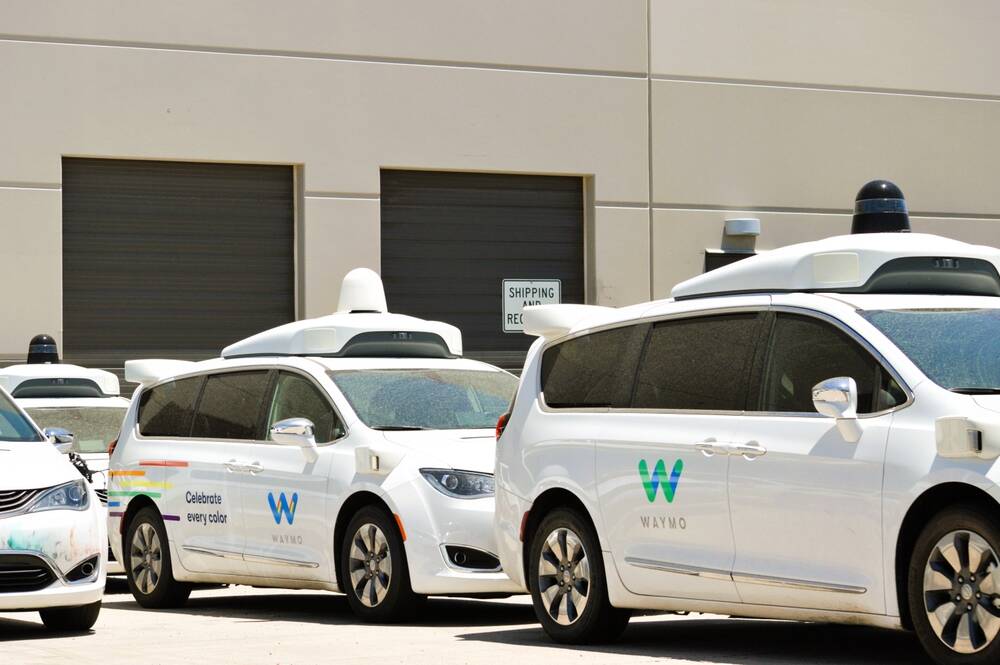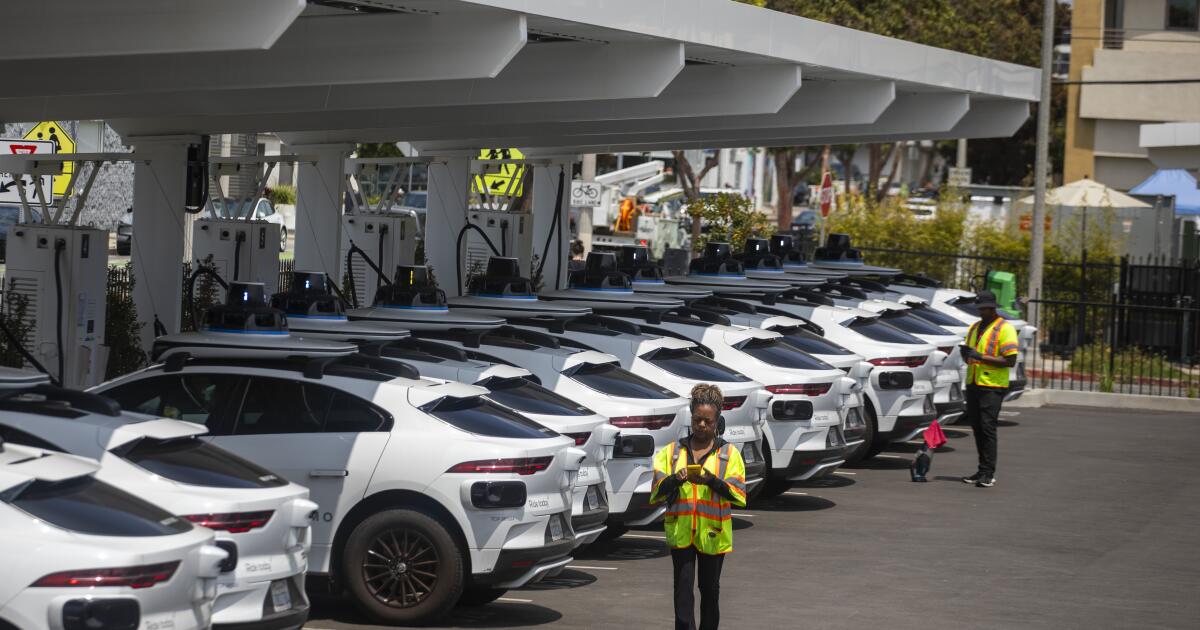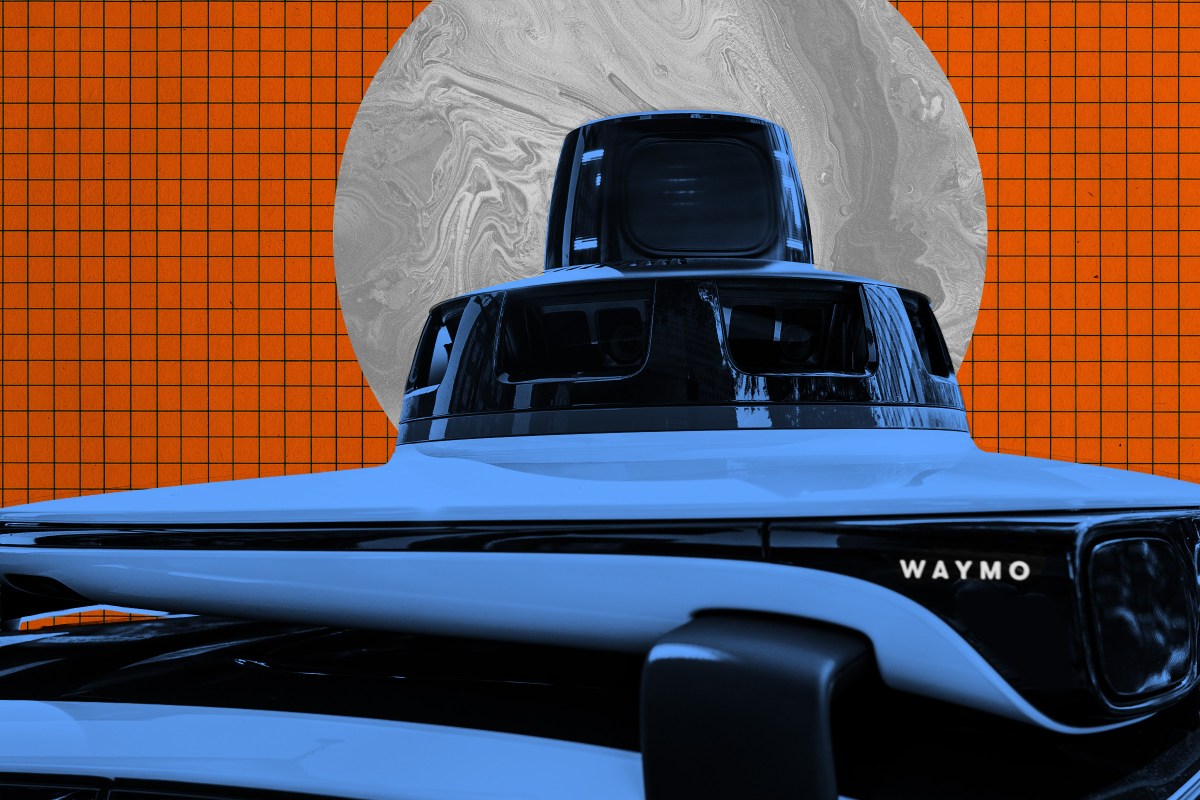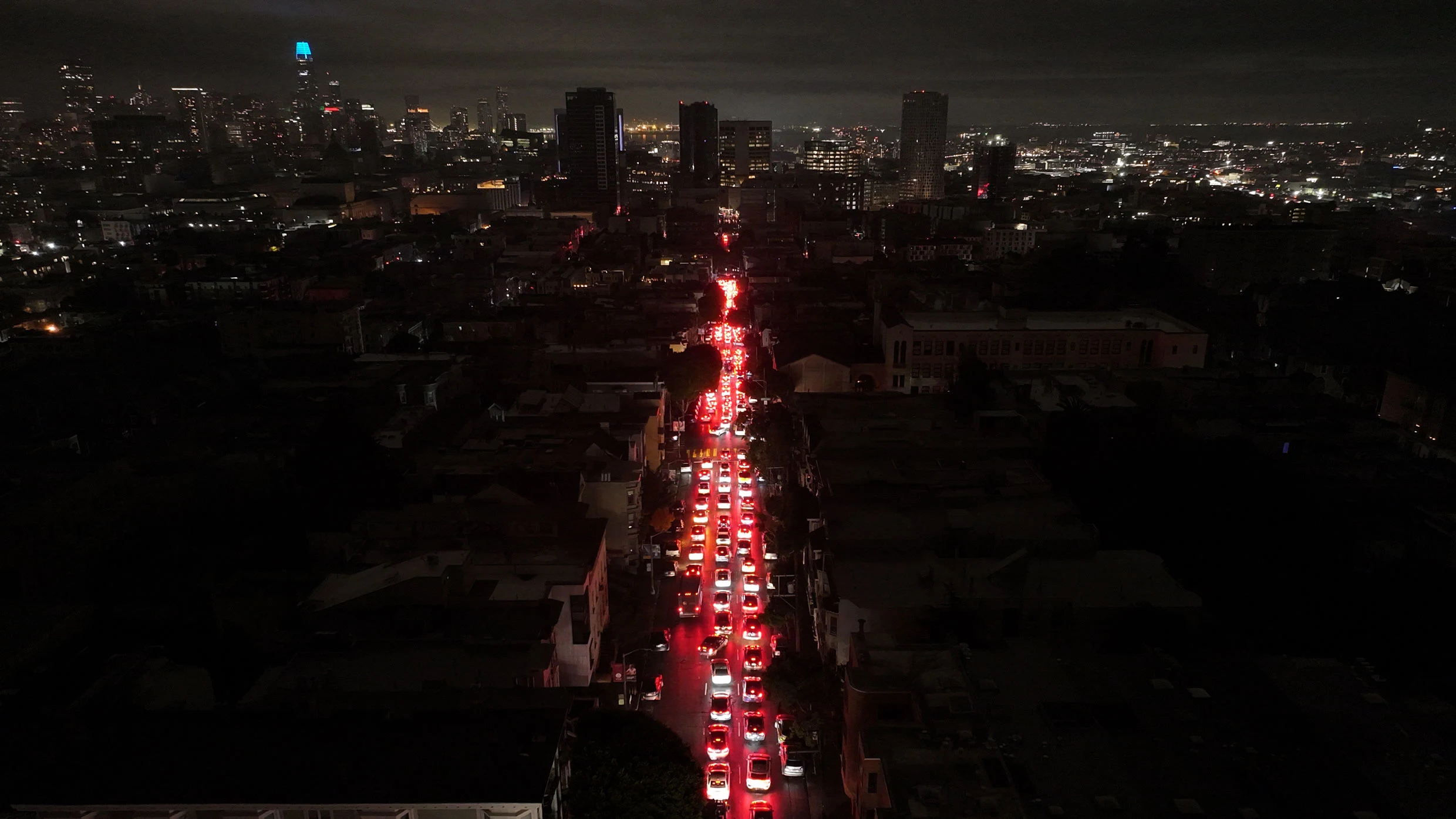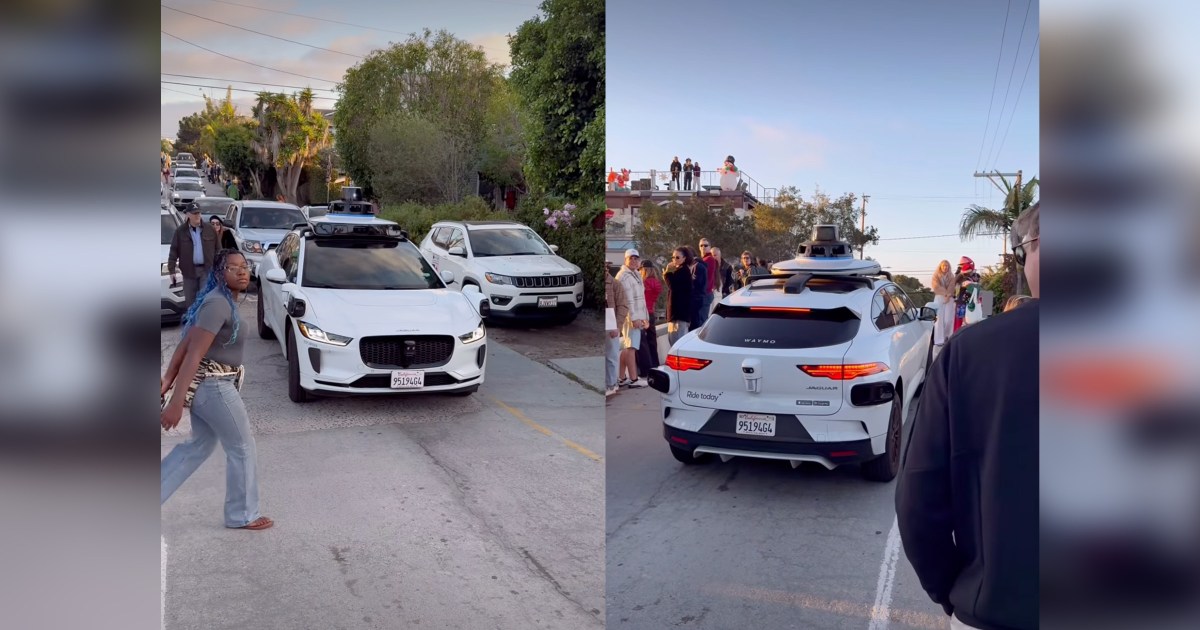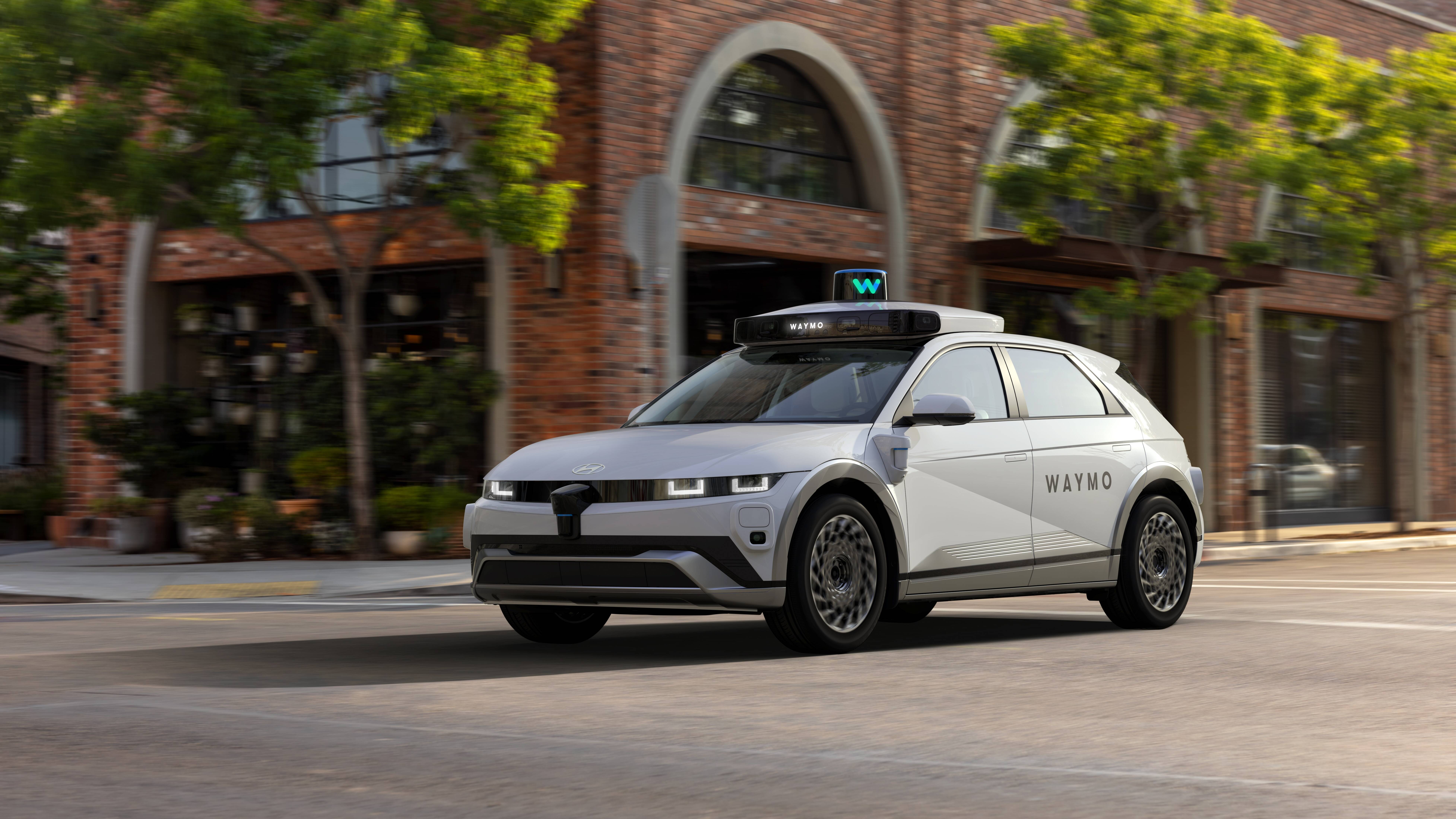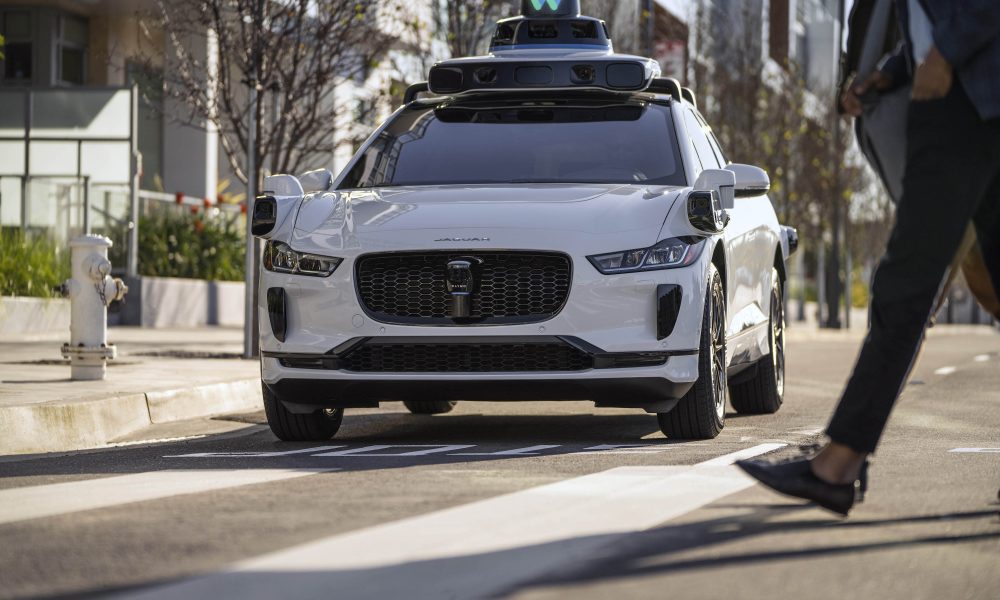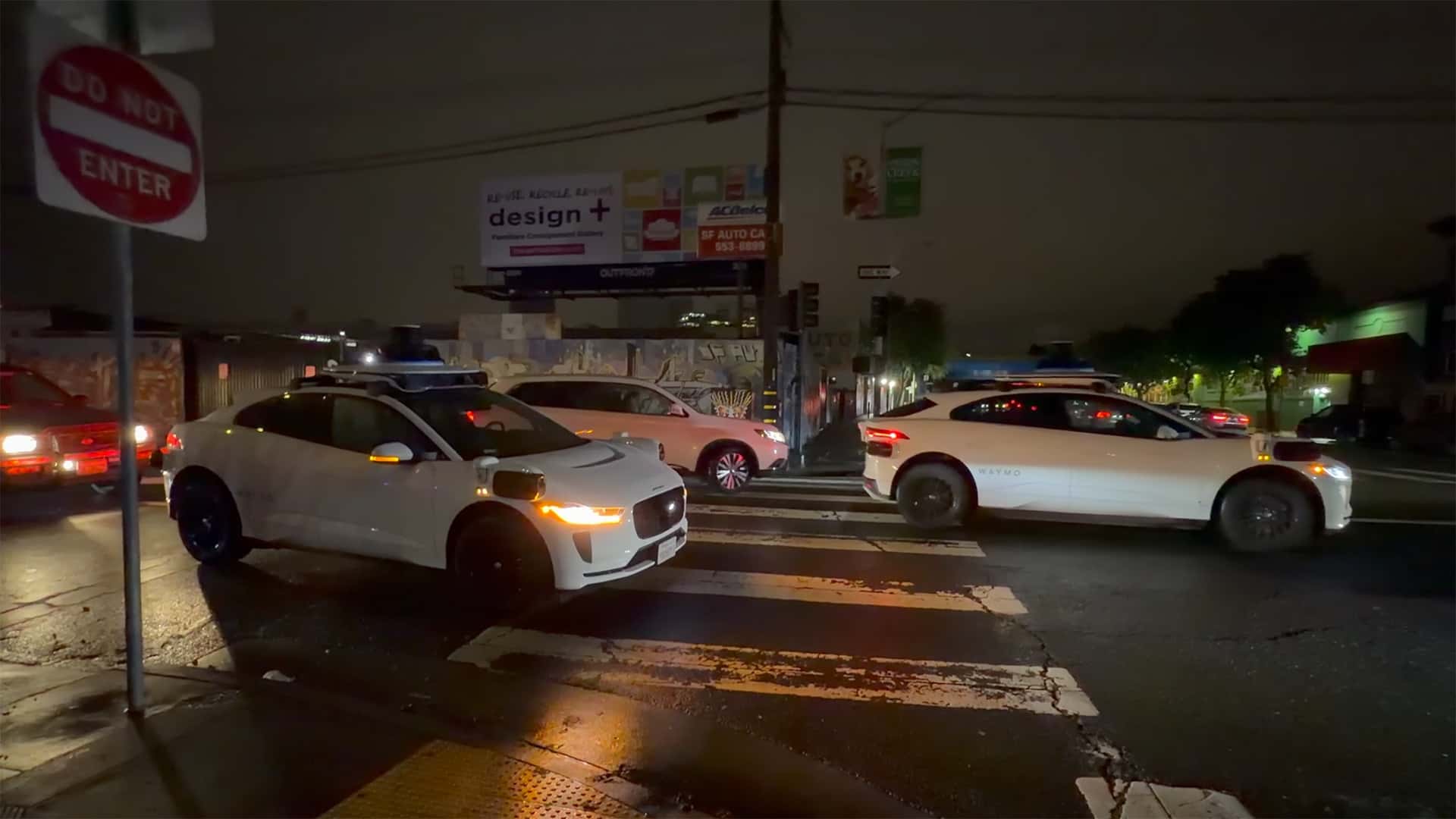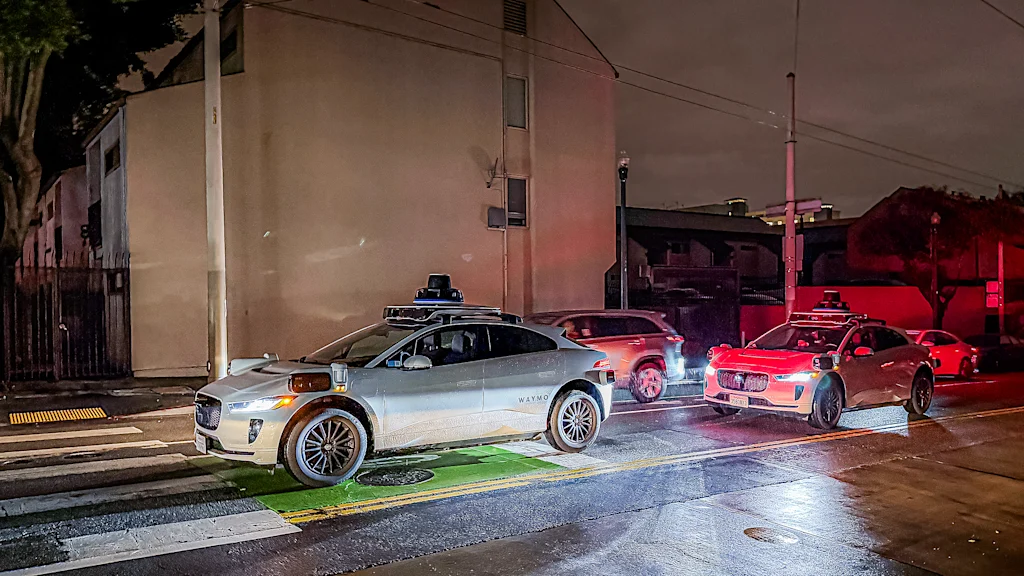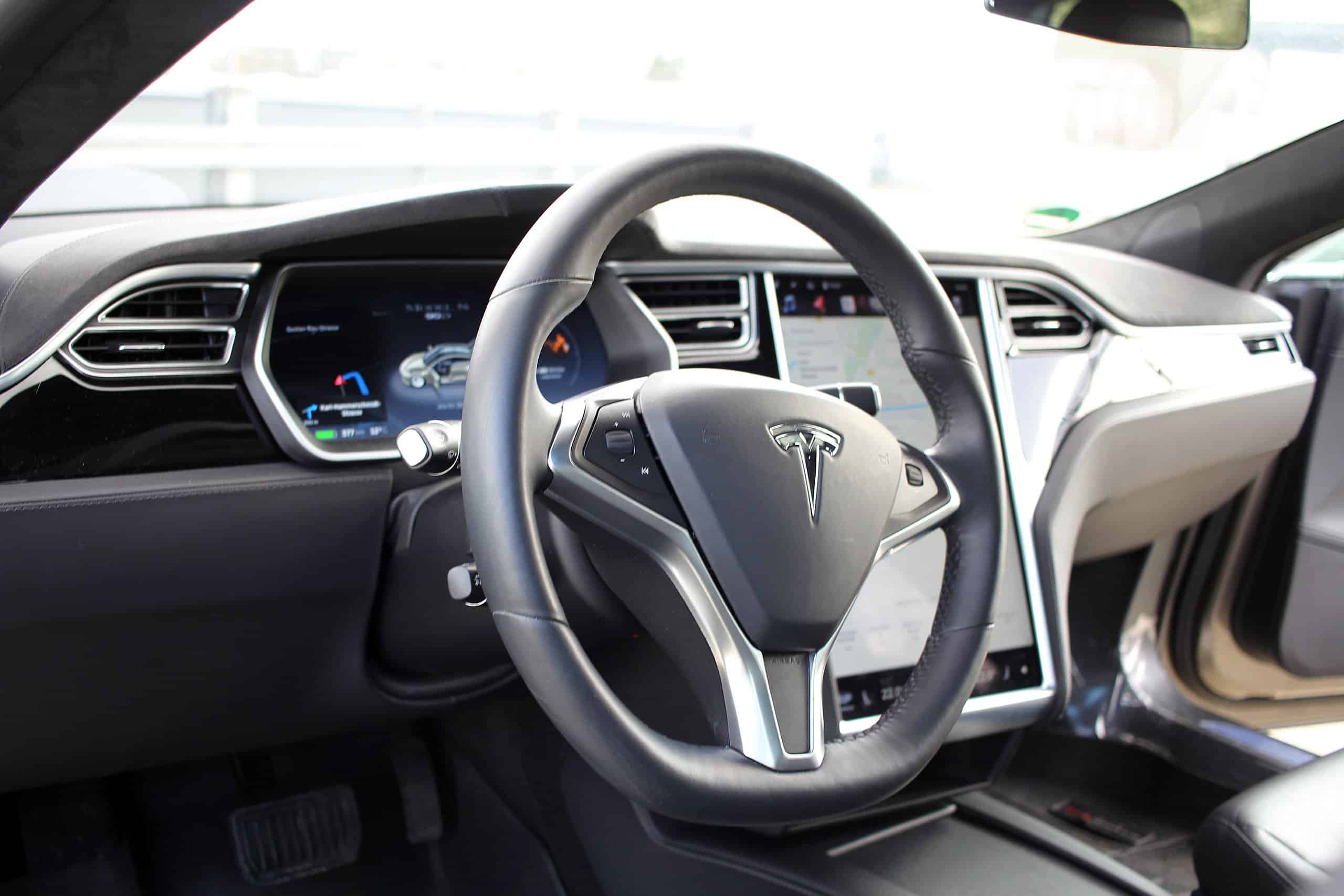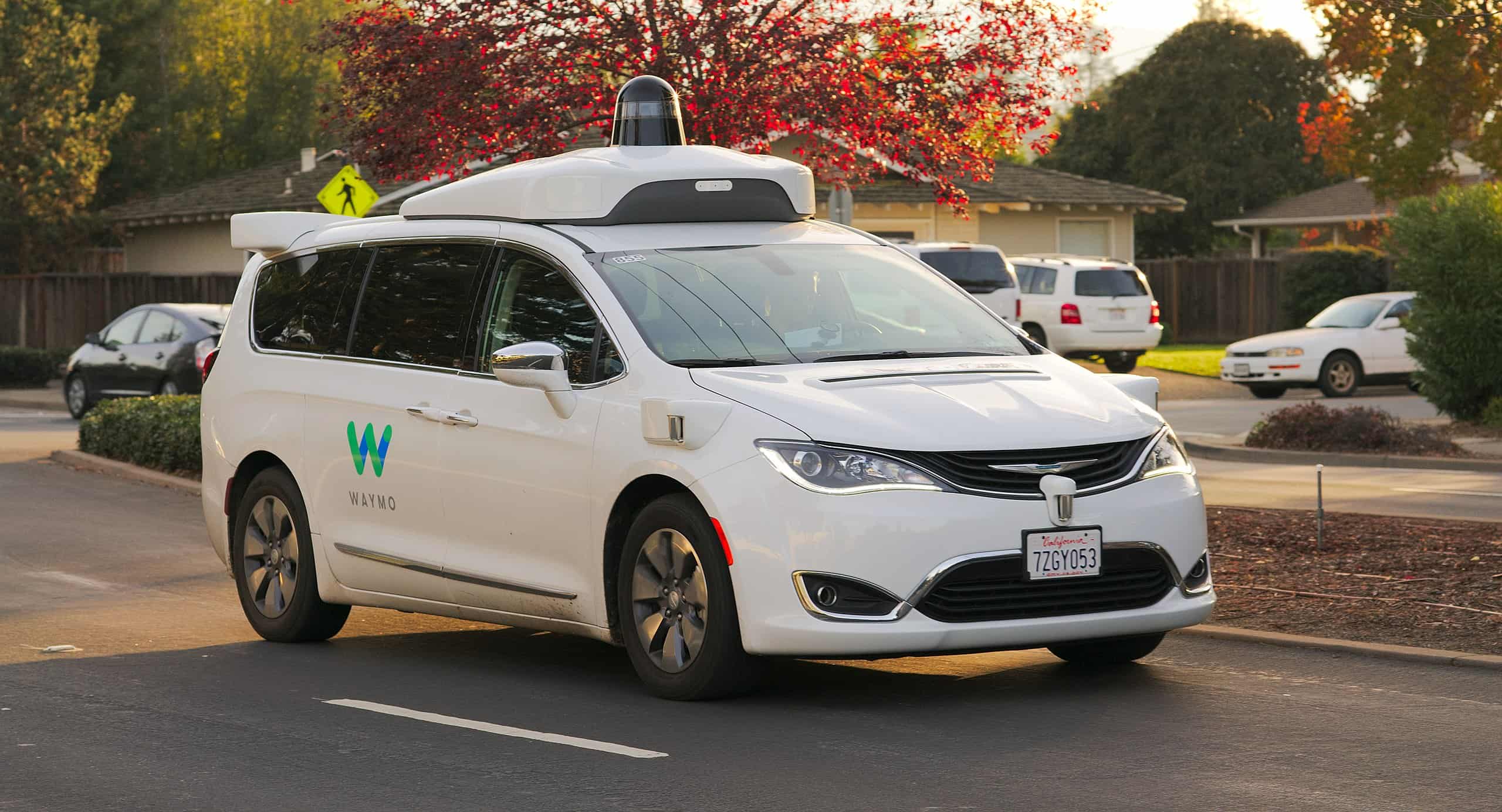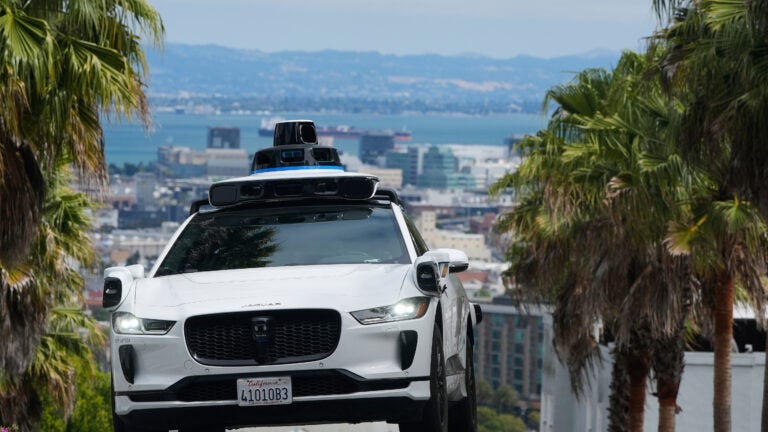#waymo
#waymo
[ follow ]
#autonomous-vehicles #power-outage #robotaxis #san-francisco #self-driving-cars #pge #robotaxi #school-bus-safety
fromsfist.com
3 days agoSupervisor Mahmood Calls For Hearings Into Waymo After This Weekend's Mass-Stalling Shambles
In the wake of what was surely Waymo's greatest SF screw-up yet, SF Supervisor Bilal Mahmood (of all people!) is the first local elected official calling for a probe into how Waymos stalled out all over town Saturday. As of 3:30 pm Monday afternoon, the fallout from Saturday's massive SF PG&E outage still continues, as thousands in SF still don't have their power back on.
SF politics
Artificial intelligence
fromBusiness Insider
4 days agoWaymo shut down service during San Francisco's blackout because its driverless taxis got confused
A San Francisco power outage stalled Waymo robotaxis, prompting a local service suspension and traffic disruptions while PG&E crews work to restore power.
fromThe Verge
1 week agoTesla robotaxis spotted on public roads without safety monitors
For months, Tesla's robotaxis in Austin and San Francisco have included safety monitors with access to a kill switch in case of emergency - a fallback that Waymo currently doesn't need for its commercial robotaxi service. The safety monitor sits in the passenger seat in Austin, and in the driver seat in San Francisco. Neither service is fully open to the public yet, relying instead on customer waitlists.
Artificial intelligence
fromLos Angeles Times
2 weeks ago'Waymo problems': Man jumps into trunk of driverless taxi in L.A., gets stuck and is removed by police
The trapped passenger was discovered near MacArthur Park in Los Angeles, when a woman ordered a Waymo for her daughter near the corner of South Westlake Avenue and 6th Street on Monday afternoon only to discover the vehicle already had a passenger when it arrived - in the trunk. "This s- won't let me out," the man said, when asked why he was back there.
Los Angeles
fromsfist.com
2 weeks agoWaymo Stowaway: Man Found Hiding In Waymo Trunk, Offers Little Explanation Why He Is There
A Los Angeles woman made a curious discovery when trying to put her daughter in a Waymo, which was a man hiding in the vehicle's trunk, bringing up serious questions about how easy it is to just hop inside a Waymo and hide there. As the self-driving robotaxi company Waymo expands to other cities like Los Angeles, it seems we are going to start seeing more viral videos of bizarre Waymo incidents coming from cities other than just San Francisco.
Gadgets
fromsfist.com
2 weeks agoWatch: Two Waymos Appear to Collide In SF, Then Cause Traffic Jam That Traps Residents on Street
There have certainly been some bumps for the self-driving robotaxis of Waymo in recent weeks. In late October, a Waymo ran over and killed a beloved bodega cat. Then last week in the Western Addition, a Waymo ran over and killed a dog. Top that off with an incident in Los Angeles that came to light last week where a Waymo drove through an active crime scene during a police standoff, apparently not realizing what the flashing police sirens are for.
Tech industry
Artificial intelligence
fromTechCrunch
2 weeks agoNew 'KnoWay' robotaxis cause chaos in new Grand Theft Auto Online DLC | TechCrunch
GTA Online's new expansion features destructive 'KnoWay' robotaxis resembling Waymo vans, portraying autonomous vehicles as surveillance-enabled targets of vandalism and player-driven chaos.
fromTechCrunch
3 weeks agoFeds ask Waymo about robotaxis repeatedly passing school buses in Austin | TechCrunch
The National Highway Traffic Safety Administration has asked Waymo for more information about its self-driving system and operations following reports from the Austin School District that its robotaxis illegally passed school buses 19 times this year. In a December 3 letter sent to Waymo, regulators requested detailed information about its fifth-generation self-driving system and operations. Reuters was the first to report on the letter, which comes two months since the agency opened an investigation into Waymo over how its robotaxis perform around stopped school buses.
Artificial intelligence
fromStreetsblog
3 weeks agoCall to Action: SFMTA Board Must Close the Loophole in 'Car Free' Market Street - Streetsblog San Francisco
The pilot began in August, and includes Uber and Lyft Black commercial vehicles. While the Better Market Street plan required approval by the Board, the Mayor sidestepped the Board's authority by authorizing these ride-hail services to drive on Market Street by taking advantage of a loophole that permits commercially-plated vehicles to drive on the street, an exception originally intended for commercial delivery vehicles serving businesses on the street.
Alternative transportation
[ Load more ]




